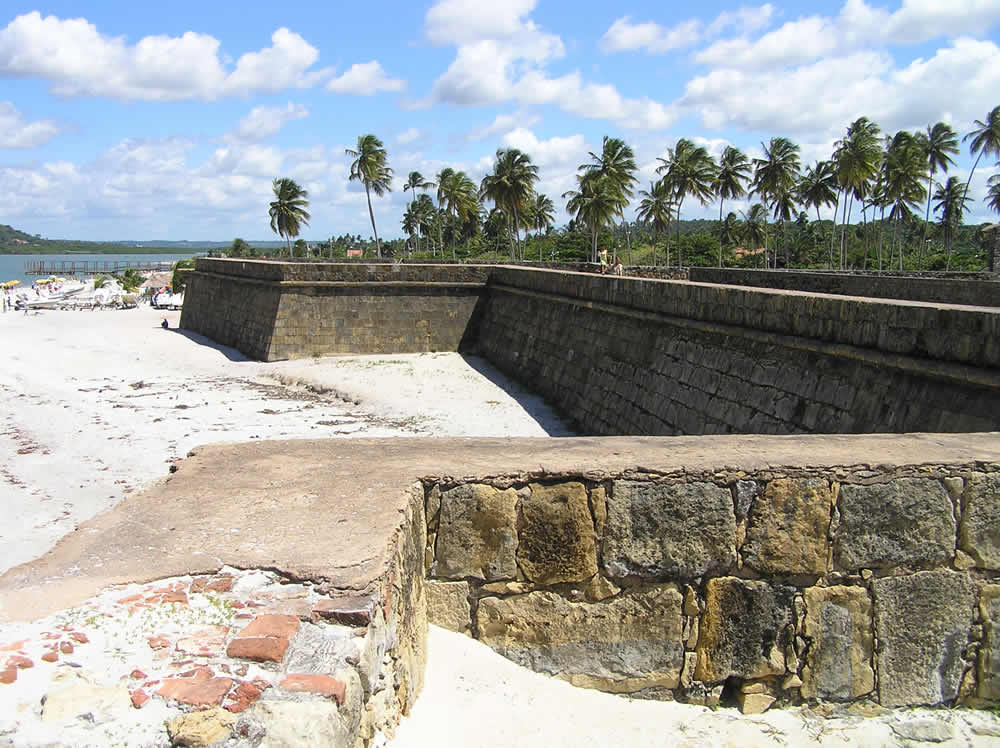Written by Marco Ramerini. English text revision by Dietrich Köster. The fortress of Nossa Senhora dos Remédios is the most important fortification of the entire defensive system built on the island of Fernando de Noronha (Brazil) by the Portuguese in the eighteenth century and is located on a hill between the Bay of Santo António […]









